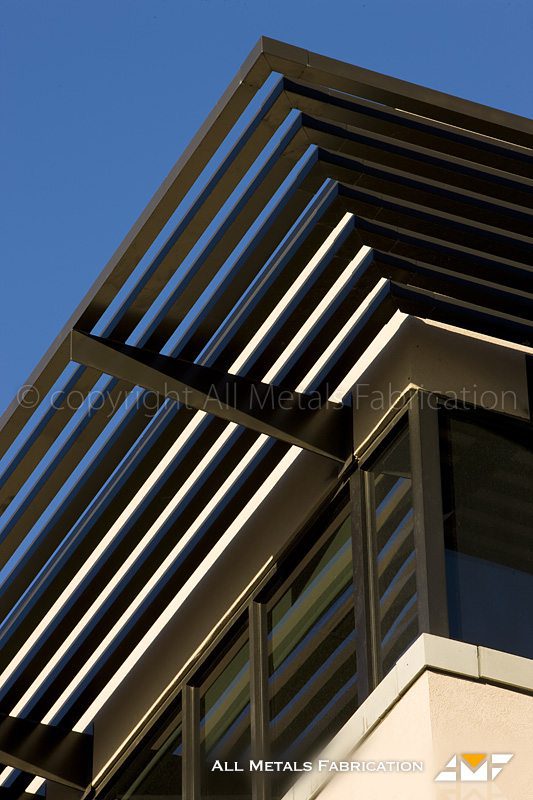
Aluminum can be manufactured in more variety than almost any other metal in the industry. People in the architectural and industrial industries seem most interested in aluminum because of its inherent combination of being both lightweight and durable.
There are 7 different alloys commonly used in aluminum manufacturing. Each series starts with a number 1-7 (1xxx, 2xxx, 3xxx, 4xxx, 5xxx, 6xxx & 7xxx). That number basically determines what alloying element has been added to the aluminum.
A very brief description of the different series is listed below:
The most common aluminum used in the general fabrication industry is 3000, 5000 or 6000 series alloys.

It’s important for engineers and architects to have a strong understanding of different types of aluminum for aluminum welding and fabrication, and its many alloys when requesting a specific type for a project. For example, when it comes to the 6000 Series aluminum, engineers often request 6061-T6 aluminum. This type of aluminum alloy has a high tensile strength but is also quite brittle. So, it might meet the tensile requirements for a designed part, but fail when the part has to be formed or fabricated because the metal will fracture at the bend line.
Because of this fracturing issue, fabricated aluminum, like that used on wall panels, general industrial fabrication, etc., would be better engineered with 5000 Series aluminum, which forms very well (without cracking or fracturing) but also has a reliable tensile strength.
In many instances, extrusions like Aluminum angle, tubing or beams might be used in conjunction with flat sheet materials in which case the alloys will not be exactly the same. In these cases, fabricators need to make sure the welding filler materials are accurately selected to manage both alloys. For example, 6000 Series aluminum should not be welded with 3000 series filler materials.
There are other aluminum fabricating and manufacturing issues as well—laser cutting already tempered aluminum can be a factor, correct aluminum welding and fabrication procedures as mentioned above, paint and finish—all of these require special attention to manufacture aluminum well.